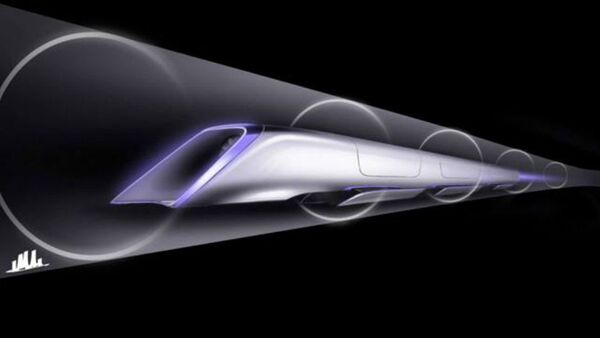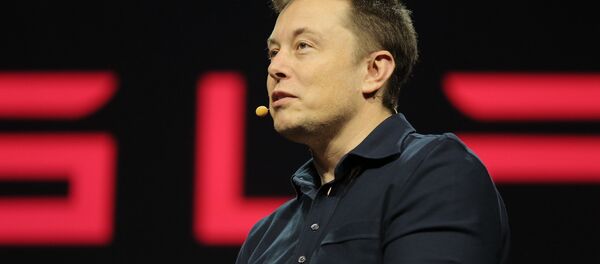Hyperloop Transportation Technologies Inc. has signed a deal with landowners in central California aimed at building the world's first Hyperloop five-mile test track.
The idea, that has already gone viral, is that passenger capsules will move inside tubes under a partial vacuum. These pods will be accelerated to high speeds by a system of magnets and fans, resting on a cushion of air. The Hyperloop infrastructure will be powered by environmental friendly solar panels.
Elon Musk's #Hyperloop train: faster than a 737 http://t.co/ru02EW9SBb pic.twitter.com/FGq1NtUVXL
— OpenMind (@bbvaOpenMind) 21 мая 2015
Currently, magnetically levitated trains, which are in operation in Shanghai and Tokyo, can travel at a speed of 310 mph (500 km/h). While these trains use magnets to produce lift and propulsion, the Hyperloop would rely on compressed air for lift and magnets for propulsion.
On the other hand, it is vulnerable to a single-point of failure. If the walls of the tubes are not straight or the vacuum in the tube is lost, then a crash is inevitable, experts elaborate. Furthermore, the operability of the vehicle's compressor is also a big deal since if it fails the capsule will crash into the walls.
Hyperloop Simulation To Be Featured At The 2015 Pioneer Festival http://t.co/iCTQrFWW1E pic.twitter.com/SHyHB1qfhB
— Hyperloop Hub (@HyperloopHub) 12 мая 2015
"The guideway [track] has to be built to very fine tolerances, because if the position of the wall deviates from straightness by a few thousandths of an inch, you could crash," James Powell, co-inventor of the superconducting maglev concept, said as quoted by LiveScience.
In addition, the Hyperloop system is unlikely to solve the US' transportation problems.
"A few isolated high-speed rail corridors in the United States really won't address our big problems," Powell underscored.




